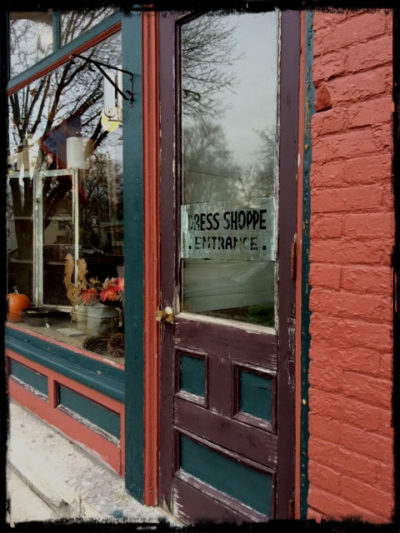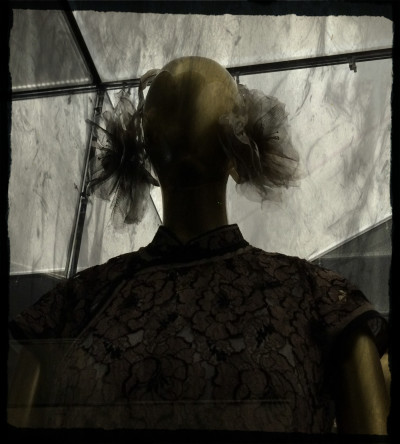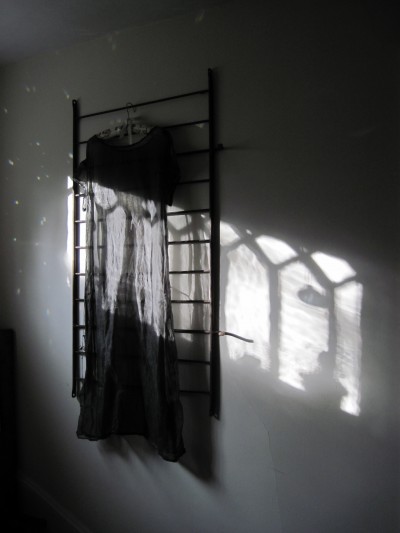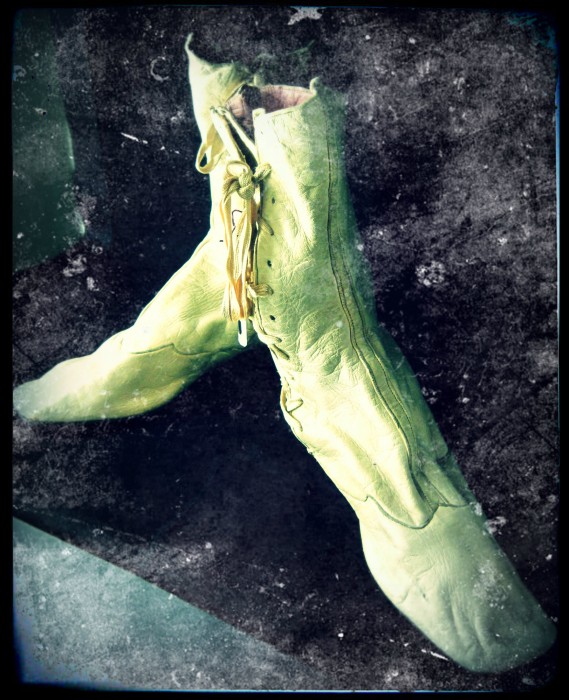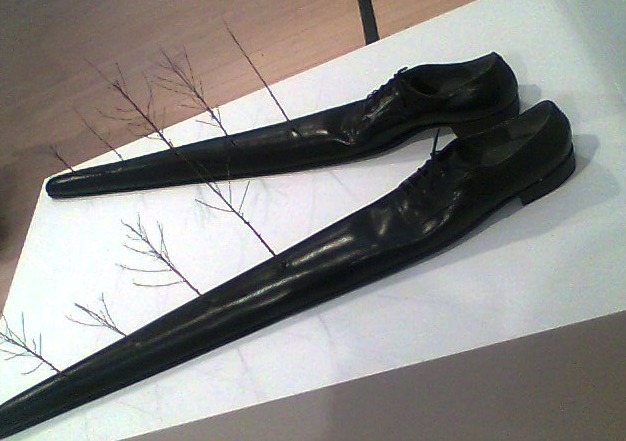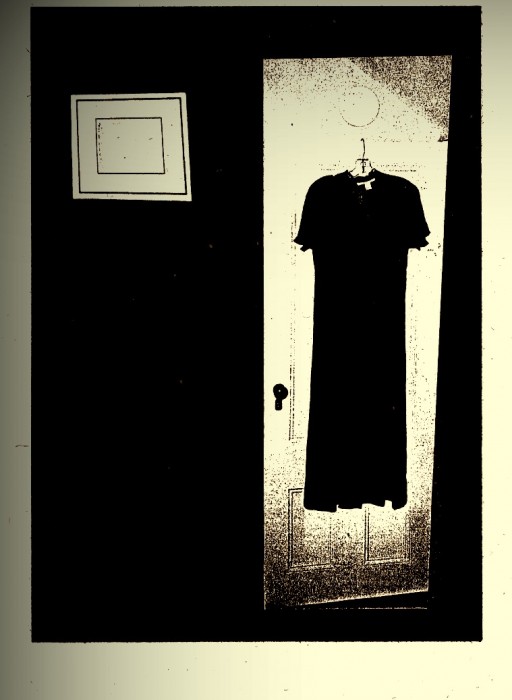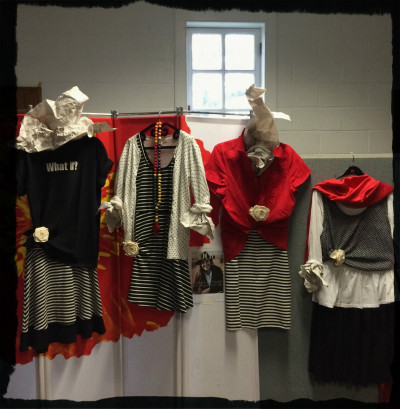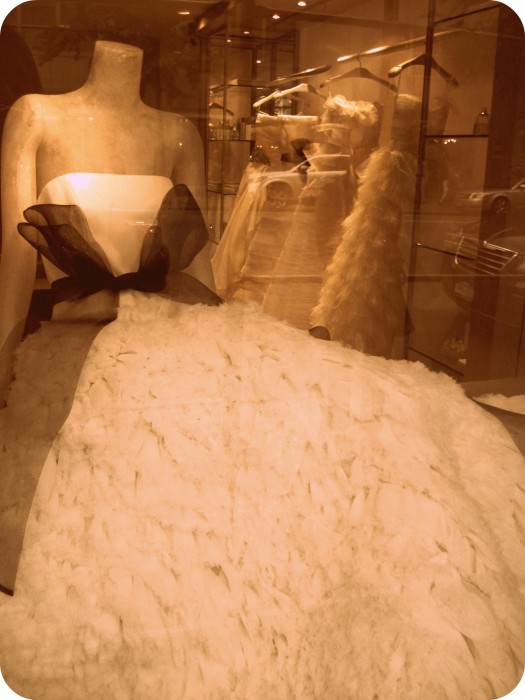Petticoats. Power. Poetry.
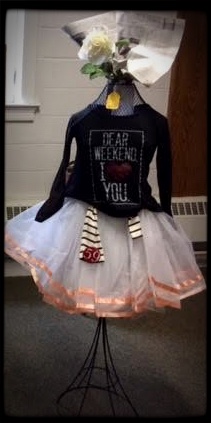
I began to understand that clothes are poetry when I was 9 or 10, and Aunt Glady took me to Canandaigua, NY to buy the petticoat I so fiercely wanted. I knew by the intensity of my desire for this frothy thing that something beyond simple wanting was at work.
Dreaming of petticoats, I doodled them over and over on the brown-bag covers of textbooks and envisioned myself as the radiantly beautiful, captivating girl I was really meant to be…in spite of obvious evidence to the contrary.
It was January. Snow was piled high outside the old store with its oiled wood floor and high tin ceiling. The petticoats were hung along the wall on a pipe rack like ballerinas at the barre. I choose the one I wanted, the one of my dreams, and Aunt Glady smiled and paid for it.
Magic was at work here. When my sister and I banked twenty-five cents a week (money from our grandmother), and even five cents for a bottle of chocolate milk was not to be taken lightly, and Aunt Glady worked on the assembly line at the doorbell factory and brown-bagged it every day, the advent of the petticoat into my life was about as likely as Chucky, the neighbors’ dog, growing a fourth leg to replace the one he lost under a car.
I wore that petticoat out. First the elastic went on the waist and then the various tiers began tearing away and threads drifted from the hem. But wearing it under my skirts, seeing them bloom like plaid roses and hearing the dry-maple-leaf rustle when I walked to school, I knew the ordinary day was anything but, and I knew that with the flouncing power of the petticoat, I was anything but shy, plain, invisible.
Now so many years later with a closet full of petticoats, I try to remember that each day is worthy of its own special sartorial presentation. Today might be the black, torn net with faded velvet flower, tomorrow…layers of violet tulle. And even on a petticoat-less day, there is poetry in Doc Martens and a silk skirt tied up with organdy ribbons.
Every day warrants its poem; the petticoat concurs and is only too happy to oblige.
